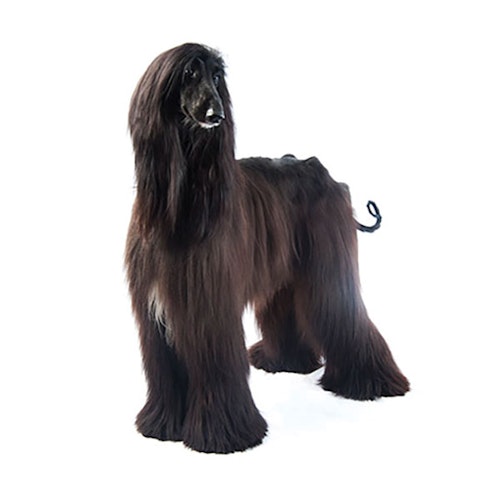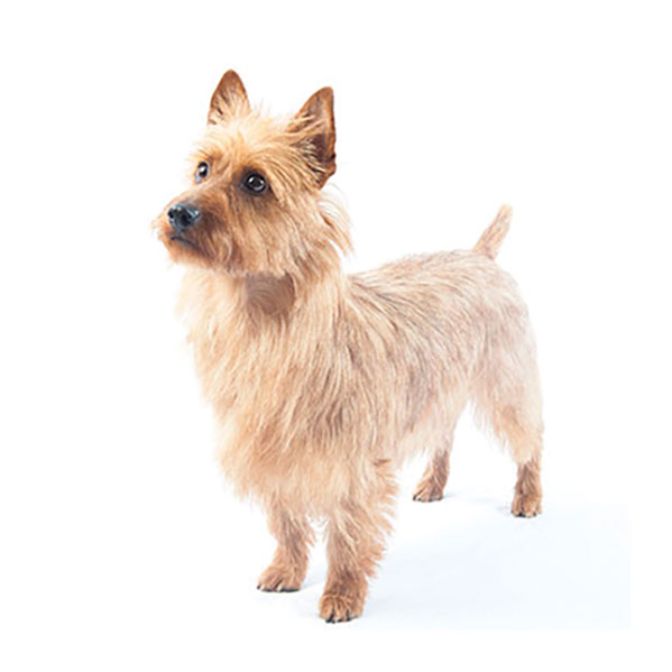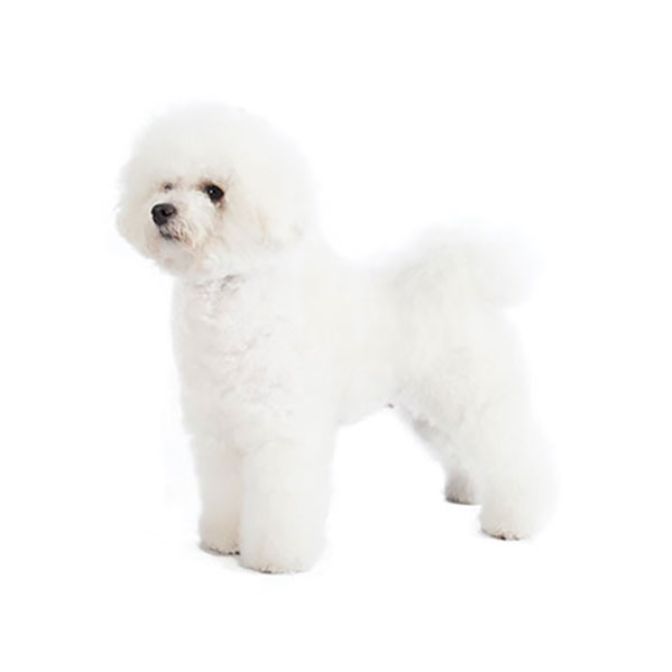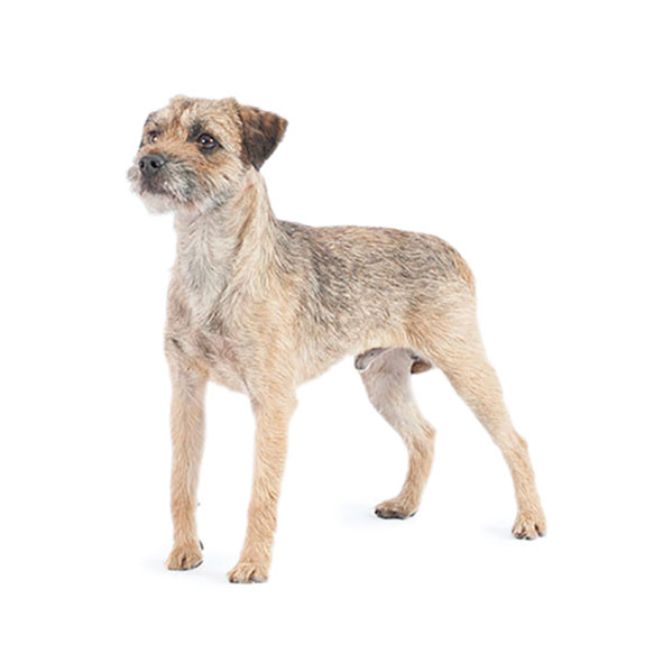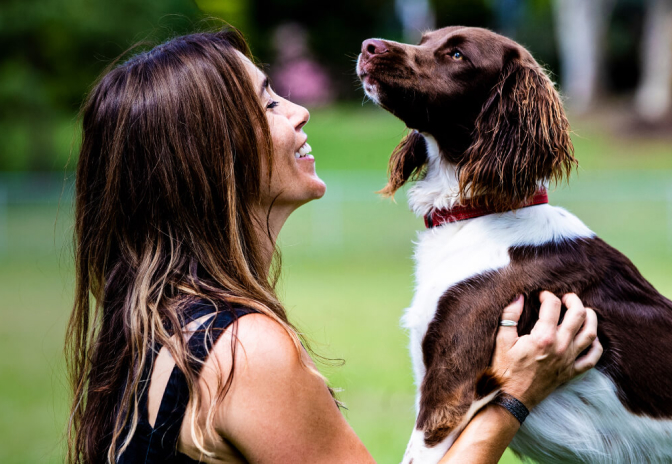Afghan Hound
Medium
Long
Males 68 to 74cm Bitches 63 to 69cm tall
High
Males 25 to 28kg. Bitches 23 to 25kg
Agility, Conformation, Lure Coursing, Racing
The Afghan Hound doesn’t just look regal. He has an aristocratic air and independent nature. In spite of this, he’s sweet and can even be silly—especially as a puppy. Afghans are loyal to their immediate human family but may snub guests.
As an active breed, Afghans need plenty of exercise and adequate nutrition to fuel their high energy levels. Bred to hunt and chase prey by sight, this sighthound has strong instincts to run after anything it deems as prey. Even with consistent training, it’s not advised to walk an Afghan off-leash. Outdoor play areas should have a high, secure fence. They need plenty of room to run at full speed to burn off pent-up energy.
Afghans have an athletic body with protruding hipbones. This unique breed trait does not mean the dog is underweight.
Instead, the hip joints pivot, which gives them the ability to cover a lot of ground quickly and overcome obstacles with ease. Their large paw pads serve as shock absorbers, protecting their joints from harsh terrain.
Although they require more grooming than other breeds, this long-coated breed doesn’t shed much. Afghan puppies require little maintenance, thanks to their short coats. The long coat that develops during adolescence needs regular grooming.
Daily brushing helps keep the coat tangle- and mat-free and removes dirt and debris. Regular bathing is also needed.
Afghan Hounds have lower stores of body fat than other breeds, which makes them more sensitive to anesthesia. Experts recommend finding a veterinarian experienced with sighthounds if your Afghan needs surgery.
Their deep chest increases the risk of bloat, a sudden and often life-threatening swelling of the abdomen.
Responsible breeders screen for hip, eye and thyroid problems. The Afghan’s long-hanging ears increases the risk of ear infection.
Active breeds like the Afghan Hound can benefit from high-protein dog food to support their high energy levels.
If you have an Afghan puppy, look for puppy food specifically formulated with essential nutrients to support his growth and development throughout his first year of life.
The Afghan Hound is one of the oldest purebred dogs. So old, in fact, it was developed thousands of years before written records were kept.
The breed’s origins have been traced back to areas of Afghanistan, India and Pakistan, but it’s impossible to pinpoint an exact region due to its lengthy history.
Afghans were hunting companions to Asia’s elite mountain kingdoms. They hunted large prey, both in the desert and mountains. They were prized for the ability to hunt without human direction.
Although a fixture in ancient Eastern cultures, Afghan Hounds weren’t discovered by Western cultures until the 1800s. English officers traveling home from time spent in the far-reaches of the British Empire brought the breed back to Europe with them.
By the 1900s, Afghan Hounds were the breed of choice among Britain’s upper classes. The American Kennel Club (AKC) first registered the breed in 1927, but it didn’t gain popularity in the U.S. until the 1930s. The Afghan Hound went on to win Best in Show at the Westminster Kennel Club Dog Show in 1957 and again in 1983.
The Afghan’s long, flowing coat protected him from the harsh desert and mountainous climates where they originated.
As sighthounds, Afghans have panoramic vision and their unique hip joints give them astounding speed. These traits allow them to easily spot and pursue their prey.
Pablo Picasso’s sculpture of his Afghan Hound, Kabul, stands in Daley Plaza in Chicago.
A 1962 painting by Picasso, Femme au Chien, features an Afghan Hound. In 2012, the painting sold for more than $10 Million.
When Barbie’s Afghan Hound named Beauty was introduced, the breed’s popularity soared in America.
The first cloned dog was an Afghan Hound named “Snuppy” in 2005.
One of the first Afghan Hounds brought to America belonged to Zeppo Marx of the Marx Brothers in 1926.
